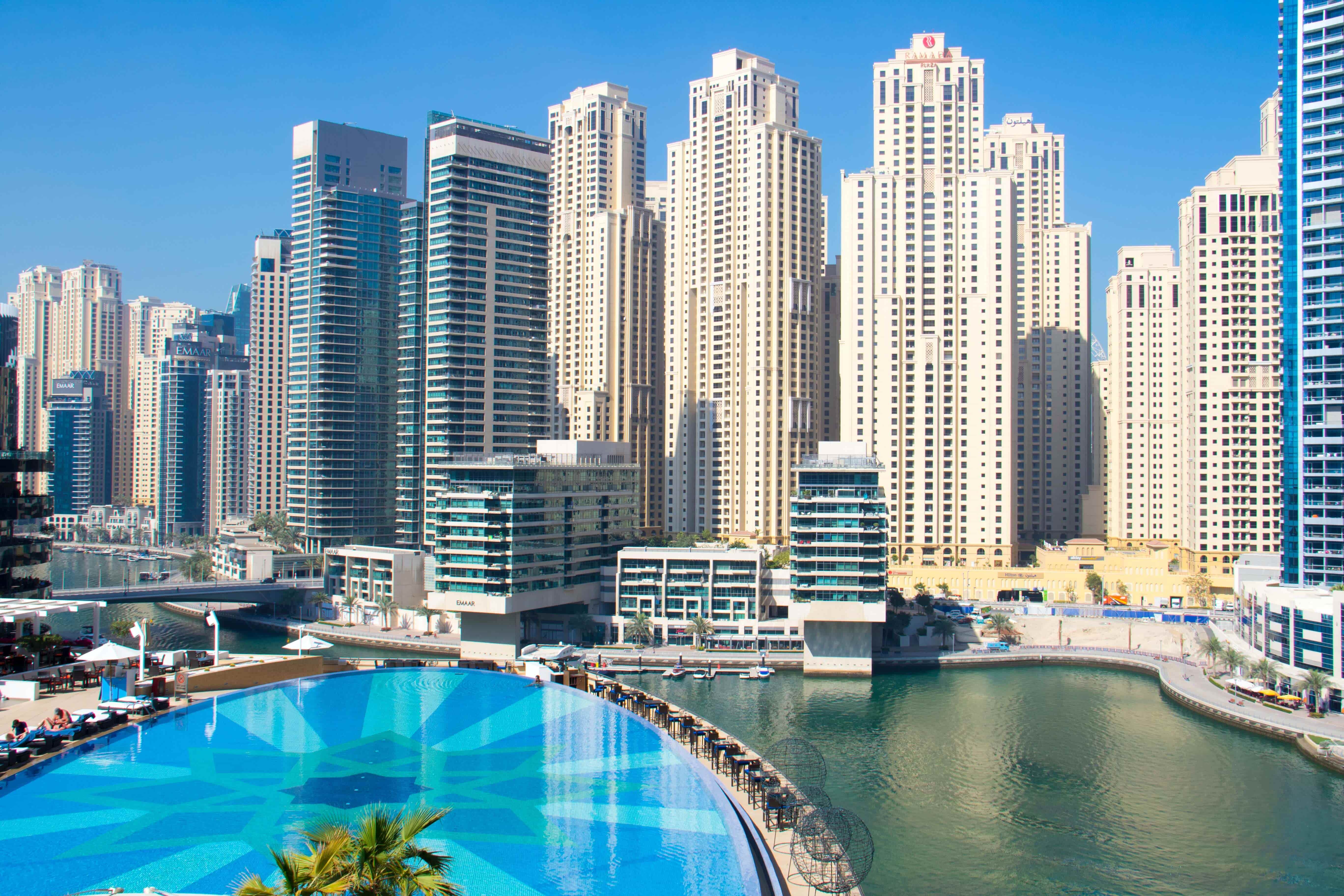DIFC and the ADGM tech startup licenses - How do they compare?
Both the DIFC and the ADGM are internationally recognized jurisdictions with excellent infrastructure, robust framework and multiple options for setting up regulated (fintech) and non-regulated technology licenses. Potential applicants at either centre would want to evaluate the pros and cons of each, and understand the costs involved before making a decision
Structure:
|
DIFC |
ADGM |
|
Three independent components – the DIFC Authority, Dubai Financial Services Authority (DFSA) and the DIFC Courts |
Three independent components – the Registration Authority, Financial Services Regulatory Authority (FSRA), ADGM Courts |
Comment : Both jurisdictions are similar in structure, with the DIFC Authority taking on additional responsibilities of managing the leases of properties as well. While the financial regulator is not relevant to non-fintech startups, it provides comfort to potential investors in your enterprise.
Applicable laws:
|
DIFC |
ADGM |
|
Codified Common Law |
Common Law, as is |
Comment : The laws of the DIFC do not directly incorporate English common law, and therefore they do not follow precedents set by the English courts (although such precedents may be persuasive if the particular circumstances call for the application of English law).
In contrast, the ADGM will in many cases presume the direct application of English law, and hence it is implied that they will find English court judgments to be at least persuasive (if not binding).
Incentives for non-financial tech companies:
|
DIFC |
ADGM |
|
|
License fees |
US$ 1,500* |
US$ 700 |
|
Tenure of incentives |
4 years |
2 years |
|
Incorporation and registration fees |
waived |
waived |
|
Minimum share capital requirement |
waived |
waived |
|
Mandatory Co-working desk space |
Yes, US$ 500 per month, payable monthly |
Yes, from US$ 440 per month, payable monthly |
|
Visa quota |
4 visas |
1.5 visas per desk space |
|
Subsidised visa costs |
Yes, upto 50% |
No |
|
Costs involved pre-visa applications |
US$ 615 Establishment Card + US$ 675 PSA Deposit |
US$ 278 Establishment Card + US$ 1,107 E-channel account |
|
Visa costs (per visa) |
US$ 900 (approximate) |
US$ 900 (approximate) |
The reduced license fee may be valid for two years only in some cases (regulated fintech licenses for example).
Comment: Both centres have their advantages. The costs at the ADGM may seem higher at first glance, and the subsidized rates are in force for only two years (as opposed to four at the DIFC). Also can scale up pretty quickly once the subsidy is removed, with licenses costing around US$ 8,000. A major differentiator is the access to the HUB 71 ecosystem, where pre-seed and seed opportunities are available.
Where the DIFC scores:
The DIFC has been in existence for over seventeen years now, and is a tried and tested jurisdiction. It has, over the course of time, built up a reputation and a brand in the region. Tech startups looking at being a part of an existing ecosystem would gravitate towards the DIFC. The center hosts over 23,000 professionals, which in itself creates a diverse environment for the exchange of ideas and conduct of business. A wide range of investment banks and venture capital firms are present at the DIFC, making it the destination of choice when it comes to technology startup choosing to set up in the GCC.
The DIFC has also come up with robust initiatives such as the FinTech Hive (an accelerator for fintech startups) and the Innovation Testing License (ITL) that provides a sandbox environment for fintechs that wish to test their products in a regulated environment.
The ambitious DIFC 2.0 initiative also tilts the scale, since it aims to triple in size and create a holistic working and living space, thus making it a lifestyle destination.
Where the ADGM scores:
The ADGM is the newest international financial center, and it is building itself from the ground up. While this can be viewed as a disadvantage, the benefit of learning from mistakes does exist. The ADGM is the place to be for financial startups, due to the reduced costs, faster go-live and a proactive regulator. The FinTech RegLab initiative is both creative and path-breaking; the ADGM SPV regime is the most flexible in the region, both demonstrating the intent of the ADGM to position itself as a dynamic and pro-business free zone. Tailored initiatives such as HUB 71, can attract the more ambitious startups who have really disruptive ideas. Mubadala and a host of other financial powerhouses have announced funds ranging from US$ 100 million to US$ 500 million, to make seed and VC investments into the ADGM startup ecosystem. A good value proposition for startups looking at taking a shot at these initiatives.
Contact us to discuss about DIFC & ADGM Tech Startup Licenses!















 CONTACT
CONTACT